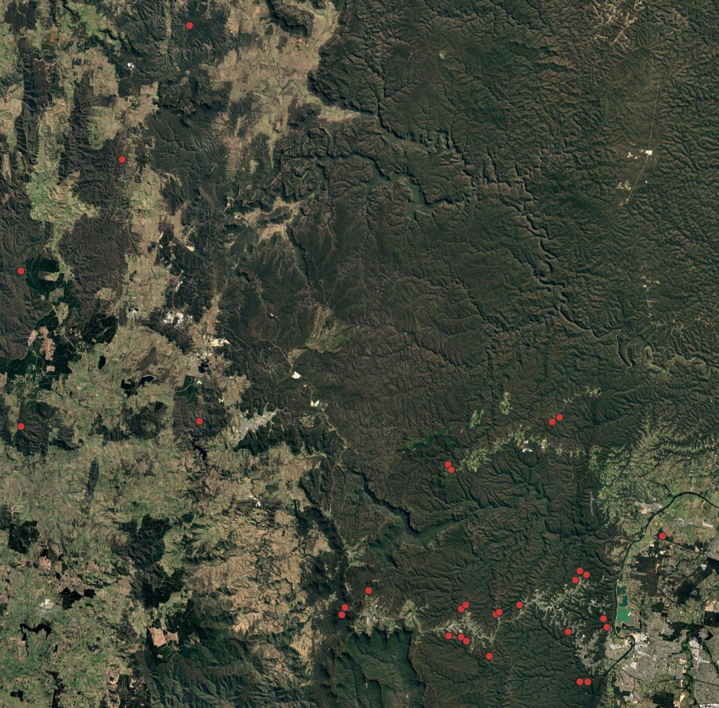Realtime sensor networks for measurement of plant performance
Background
The Greater Blue Mountains World Heritage Area constitutes one of largest tracts of protected bushland in Australia. However, it is directly adjacent to Sydney, one of the most rapidly growing urban areas in Australia and has recently seen the devastating consequences of natural disasters (bushfires, drought, floods) related to climate change.
The Blue Mountains Hub for Ecology and Conservation at Western Sydney University’s Hawkesbury Institute for the Environment is bringing researchers together through a network of ecological monitoring plots, incorporating innovative Internet of Things (IoT) sensor technology to provide cost-effective, real-time collection of key ecological data.
This monitoring network represents a step change in ecological research capacity, as we currently lack such instrumented research infrastructure to quantify how natural ecosystems will respond to global change and pressures from adjacent urban development.
The new monitoring network aims to fill an important gap in the availability of comprehensive ecological datasets on our urban-adjacent natural ecosystems to improve our capacity to address a range of emerging threats. The research infrastructure has received support from the NCRIS-enabled TERN Australia, Edaphic Scientific, and Western Sydney University.
We acknowledge the traditional owners of the land on which this project is based including the Darkinjung, Dharawal, Dharug, Gundungurra, Wonnarua and Wiradjuri peoples.
Plot Network
The transect covers a broad environmental range of temperature and precipitation across the Blue Mountains in New South Wales, with 30 plots surveyed so far. In each 30m circular plot, all trees ≥10cm DBH have been measured and tagged with species ID. Larger plots of 200m diameter have been overlayed for monitoring of vertebrate fauna.
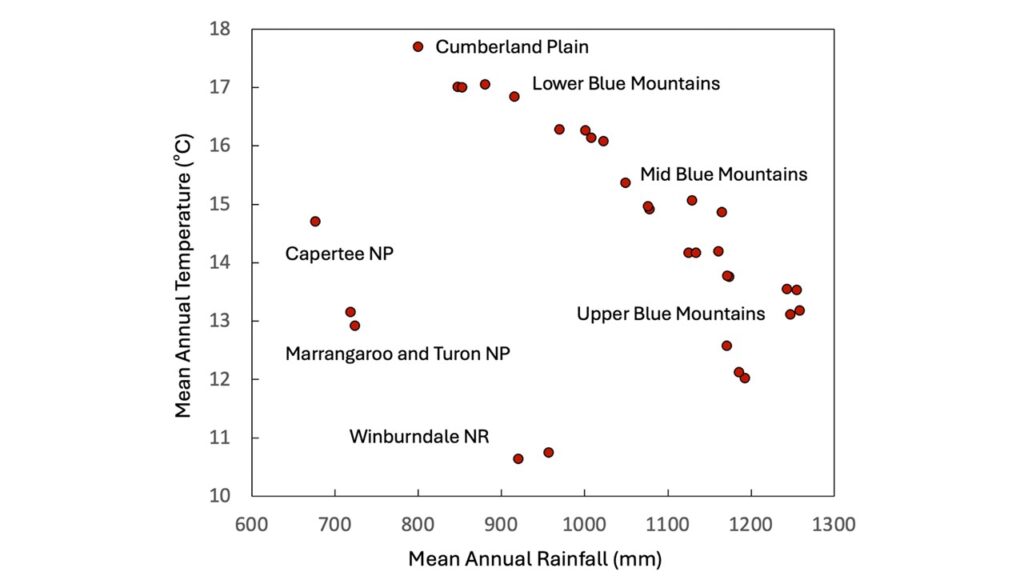
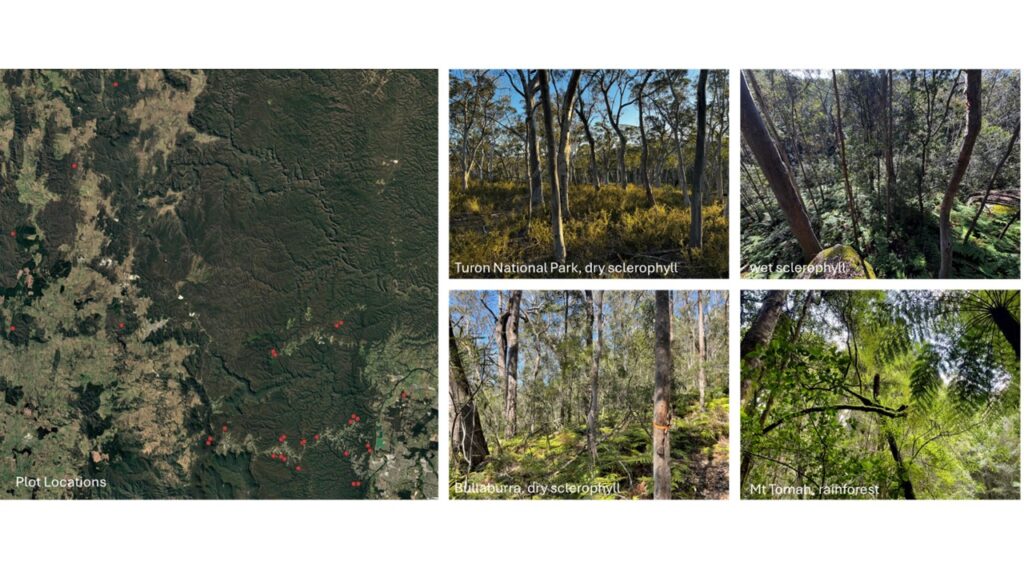
Sensor Network
In 10 plots, instrumentation is being installed to facilitate real-time remote data collection. These sensors allow for continuous and remote monitoring of ecosystem health, carbon storage, bushfire risk, wildlife distribution, invertebrate diversity, and water quality. Data collected from sensors are sent to the cloud via telemetry hubs and made available in real time via a web interface dashboard.
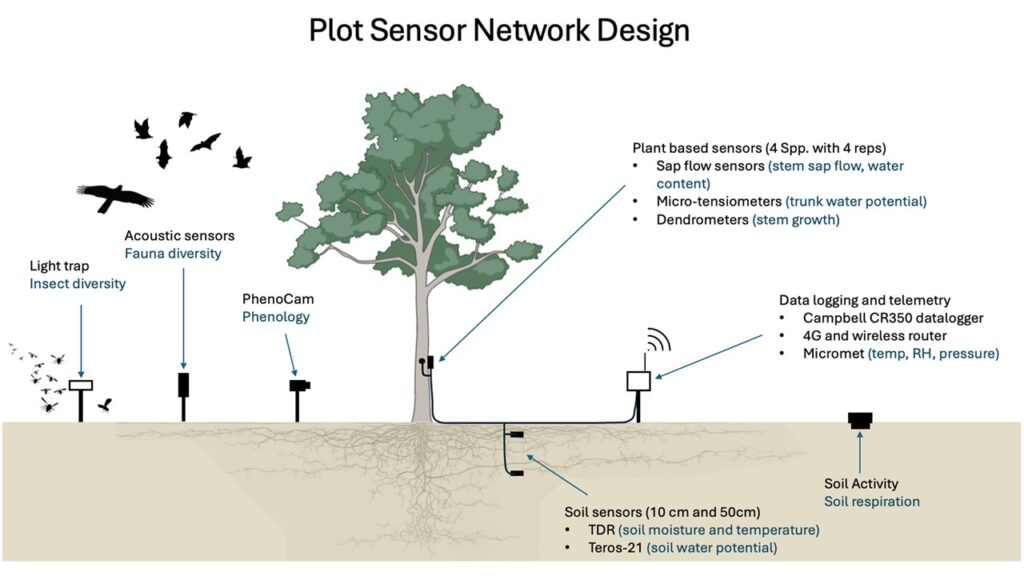
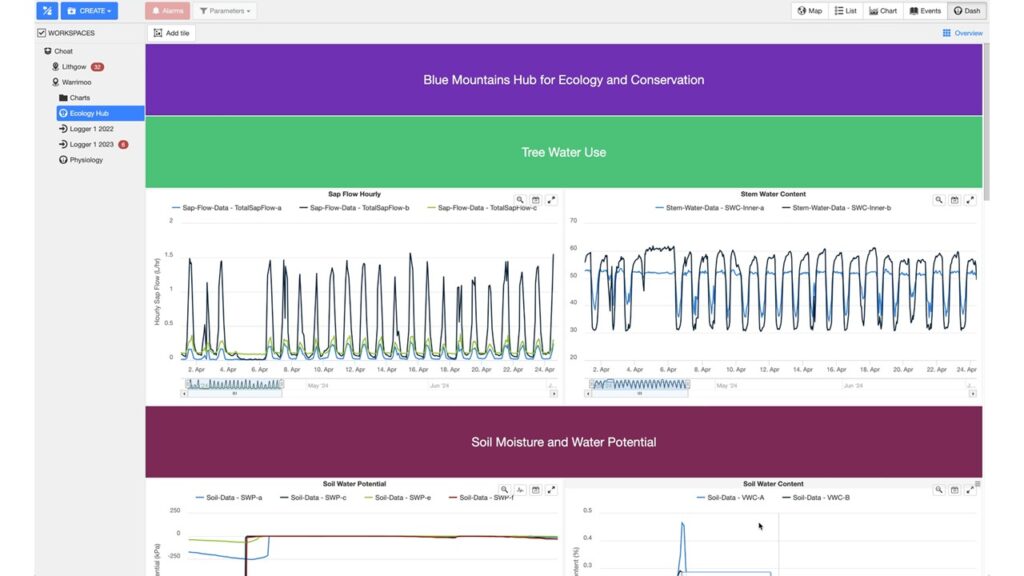
Future work and potential for collaboration
The team at Western Sydney University is engaging with partners in NSW state and local government, as well as community organisations and Indigenous groups.
The research infrastructure, as per TERN’s mission, is focused on long term monitoring of ecosystem processes, which will be of use to a broad range of end users, from local land holders to the global earth observation community.
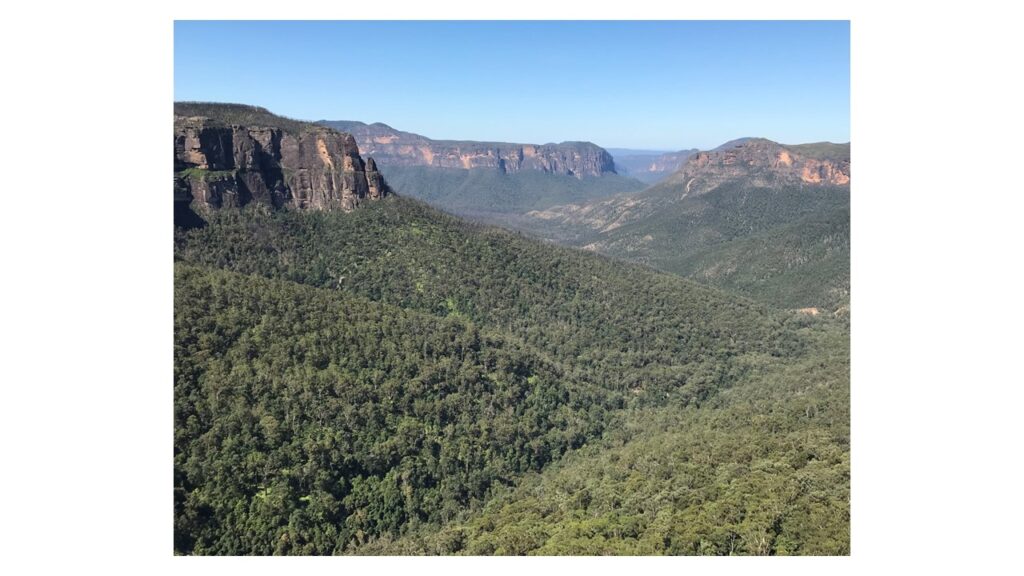
Want to be involved?
- If you are interested in working on the transect and collaborating on the monitoring mission, contact b.choat@westernsydney.edu.au
This article was first presented as a poster at the Australian Society of Plant Scientists meeting in November 2024 by Professor Brendan Choat, Hawkesbury Institute for the Environment, Western Sydney University, Richmond, NSW, Australia. Minor layout and text changes have been made in reproducing it for the TERN newsletter.


